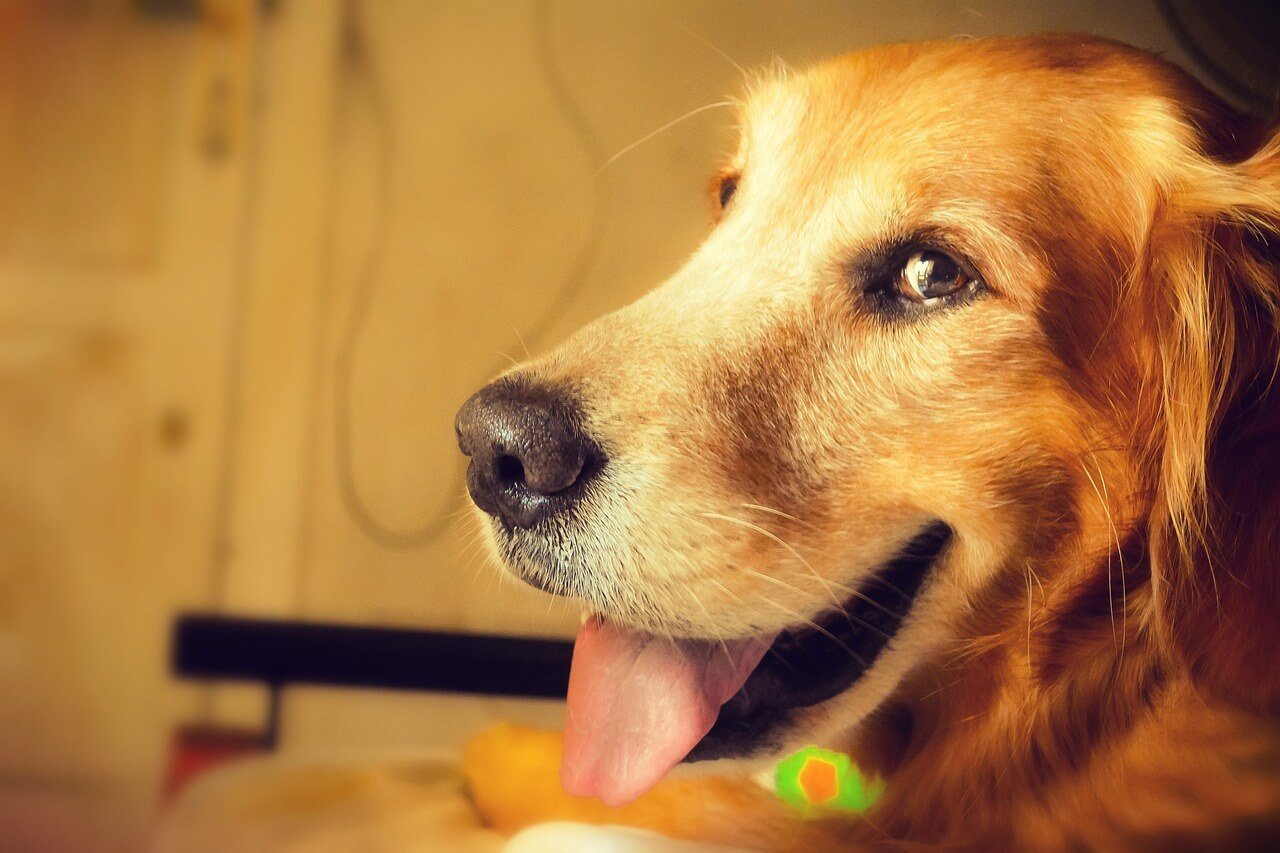The Sweet Treat That’s Safe for Your Furry Friend: Dog-Safe Chocolate
Chocolate is a beloved treat for humans, but it often raises concerns when it comes to our four-legged companions. Most dog owners are well aware that traditional chocolate can be toxic to dogs due to the presence of theobromine and caffeine. However, there’s a growing interest in alternatives designed specifically for our canine friends—dog-safe chocolate. This innovative product allows pet parents to indulge their pups without compromising their health. In this blog post, we’ll explore what makes dog-safe chocolate a game-changer, its benefits, and how you can incorporate it into your dog’s life responsibly.
What Makes Dog Chocolate Different?
Traditional chocolate contains ingredients like cocoa, which is harmful to dogs. Dog chocolate, on the other hand, is specially formulated to eliminate these risks while maintaining a delicious taste. Here’s what sets it apart:
- No Theobromine or Caffeine: These compounds found in regular chocolate are toxic to dogs and are completely removed in dog-safe versions.
- Natural Ingredients: Dog-safe chocolate is often made with carob, a natural substitute for cocoa that’s safe and nutritious.
- Added Nutritional Benefits: Many brands enrich their products with vitamins and minerals tailored to support canine health.
- Flavor Variations: From peanut butter to banana, dog-safe chocolates come in flavors dogs love, ensuring they enjoy every bite.
Dog-safe chocolate is more than just a treat—it’s a thoughtful creation designed to keep your pup happy and healthy. With so many options available, it’s no wonder pet parents are excited about this innovation.
Check this guide 👉 5 Best High-Fat Dog Foods for Ultimate Energy & Health!
Benefits of Dog Chocolate
Incorporating dog chocolate into your pet’s routine offers numerous advantages beyond simply satisfying their sweet tooth. Below are some key benefits:
- Safe Indulgence: It provides a guilt-free way to reward your dog without worrying about toxicity.
- Training Aid: The tasty flavor makes it an excellent motivator during training sessions.
- Special Occasions: Perfect for birthdays, holidays, or as a surprise gift to celebrate your furry friend.
- Bonding Experience: Sharing a moment over a special treat strengthens the bond between you and your dog.
- Allergy-Friendly Options: Many brands cater to dogs with specific dietary needs, such as gluten-free or grain-free recipes.
With so many positive aspects, dog-safe chocolate is quickly becoming a must-have item for responsible pet owners who want to spoil their dogs safely.
Check this guide 👉 Top 5 Best Dog Nail Grinders for Ultimate Grooming!
Expert Opinion: The Veterinary Perspective on Dog Chocolate
Dr. Sarah Collins, a veterinarian with over 15 years of experience, shares her thoughts:
“While traditional chocolate remains a serious hazard for dogs, dog-safe alternatives like carob-based treats are a wonderful innovation. They allow pet owners to include their dogs in special moments without health risks. Always ensure moderation and consult your vet if you’re unsure about introducing new treats.”

Pros | Cons |
|---|---|
Safe alternative to traditional chocolate | Limited availability in some regions |
Enriched with nutrients for dogs | Can be more expensive than regular treats |
Available in various flavors | Some dogs may not enjoy the taste |
Great for training and rewards | Requires moderation to avoid overfeeding |
Promotes bonding with your pet | Not suitable for dogs with certain allergies |
Check this guide 👉 Top 5 Best Double Dog Leashes for Ultimate Control!
How to Choose the Best Dog-Safe Chocolate
With so many options flooding the market, selecting the perfect dog chocolate can feel overwhelming. Here are some tips to guide you:
- Check the Ingredients List: Ensure the product uses carob instead of cocoa and avoids artificial additives.
- Look for Nutritional Additions: Opt for chocolates fortified with omega-3s, vitamins, or antioxidants.
- Consider Flavor Preferences: Pay attention to your dog’s favorite tastes, such as peanut butter or apple.
- Read Reviews: Customer feedback can provide valuable insights into quality and palatability.
- Consult Your Vet: If your dog has underlying health issues, consult your veterinarian before introducing new treats.
By taking these factors into account, you can find a high-quality option that aligns with your dog’s unique needs and preferences.
Check this guide 👉 Top 5 Must-Have Dog Water Toys for Ultimate Summer Fun!
Tips for Incorporating Dog Chocolate into Your Routine
Introducing dog chocolate to your pet’s diet requires mindfulness to ensure it remains a healthy addition. Consider the following guidelines:
- Moderation is Key: Limit servings to prevent excessive calorie intake and maintain a balanced diet.
- Use as a Reward: Reserve dog-safe chocolate for special achievements or milestones.
- Monitor for Reactions: Observe your dog after offering the treat to ensure they tolerate it well.
- Store Safely: Keep dog-safe chocolate out of reach to avoid accidental overconsumption.
- Pair with Playtime: Combine treat time with physical activity to enhance overall wellness.
By following these tips, you can maximize the enjoyment and benefits of dog-safe chocolate while keeping your pup safe and satisfied.
Check this guide 👉 Top 5 Best Dog Doorbells for Ultimate Potty Training!
Fun Ways to Surprise Your Dog with Dog-Safe Chocolate
Incorporating dog chocolate into your pet’s life doesn’t have to be limited to just handing them a piece. Get creative and make the experience even more enjoyable for your furry friend! Here are some fun ideas:
- DIY Pup Cakes: Use dog-safe chocolate as a topping or mix-in for homemade dog cakes. Perfect for birthdays or adoption anniversaries!
- Frozen Treats: Melt the chocolate and mix it with peanut butter or yogurt, then freeze it in molds for a refreshing summer snack.
- Treasure Hunt: Hide small pieces of dog-safe chocolate around the house or yard for your dog to find during playtime.
- Interactive Toys: Stuff dog-safe chocolate into puzzle toys or treat-dispensing balls to keep your pup mentally stimulated.
- Holiday Surprises: Wrap a few pieces in pet-friendly wrapping paper for Christmas, Easter, or other special occasions.
By thinking outside the box, you can turn dog-safe chocolate into more than just a treat—it becomes an experience that brings joy and excitement to your dog’s day.
Common Myths About Dog-Safe Chocolate Debunked
With the growing popularity of dog-safe chocolate, misconceptions about it have also surfaced. It’s important to separate fact from fiction to ensure you’re making informed decisions for your pet. Here are some common myths and the truth behind them:
Myth: All “dog chocolates” are safe.
Truth: Not all products marketed for dogs are created equal. Always check the ingredients to ensure they don’t contain cocoa or other harmful substances.Myth: Dog-safe chocolate has no health benefits.
Truth: Many dog-safe chocolates are enriched with nutrients like vitamins, minerals, or omega-3 fatty acids, offering added health advantages.Myth: Dogs can eat as much dog-safe chocolate as they want.
Truth: While safe, these treats should still be given in moderation to avoid excessive calories or digestive upset.Myth: Carob is just as unhealthy as cocoa.
Truth: Carob, a common ingredient in dog-safe chocolate, is naturally sweet, caffeine-free, and safe for dogs when used appropriately.Myth: Dog-safe chocolate tastes bad to humans.
Truth: While formulated for dogs, many pet parents find carob-based treats surprisingly tasty too—though they’re best left for your furry friend!
By debunking these myths, you can confidently choose dog-safe chocolate knowing it’s both a safe and enjoyable option for your pup.
How to Introduce Dog-Safe Chocolate to a Picky Eater
If your dog is a picky eater, introducing a new treat like dog-safe chocolate might require some patience and creativity. Here are some tips to help make the transition smoother:
- Start Small: Offer a tiny piece first to see if your dog shows interest. Some dogs may need time to adjust to the new flavor.
- Mix with Familiar Foods: Crumble a small amount of dog-safe chocolate and sprinkle it over their regular food or favorite treats to enhance the taste.
- Pair with Playtime: Use the chocolate as a reward during play or training sessions to create positive associations.
- Experiment with Flavors: If your dog doesn’t take to one flavor, try another variety, such as peanut butter, banana, or apple-infused options.
- Warm It Slightly: Heating the chocolate (not too hot!) can release its aroma, making it more enticing for hesitant pups.
With a little experimentation and persistence, even the pickiest eaters can come to love dog-safe chocolate. Remember, every dog is unique, so finding what works best for your furry friend is key!
Frequently Asked Questions About Dog-Safe Chocolate
Is dog-safe chocolate really safe for all dogs?
Yes, dog-safe chocolate is formulated to exclude harmful ingredients like theobromine and caffeine, making it safe for most dogs. However, always check for allergies or sensitivities.
Can I give my dog regular chocolate if it’s only a small amount?
No, even small amounts of regular chocolate can be toxic to dogs. Stick to dog-safe alternatives to avoid any risk.
How much dog-safe chocolate can I give my dog?
Portion sizes depend on your dog’s size and dietary needs. Always follow the manufacturer’s guidelines and consult your vet if unsure.
Where can I buy dog-safe chocolate?
Many pet stores and online retailers offer a variety of dog-safe chocolate products. Look for reputable brands with positive reviews.
Are there any side effects of feeding dog-safe chocolate?
When given in moderation, dog-safe chocolate typically has no adverse effects. However, monitor your dog for any unusual reactions.
A Sweet Ending: Treat Your Dog Responsibly
Dog-safe chocolate represents a delightful intersection of indulgence and safety for our furry companions. By choosing this innovative treat, you can share moments of joy with your dog without compromising their well-being. Whether used as a reward, a celebratory gift, or simply a gesture of love, dog-safe chocolate allows you to strengthen the bond you share with your pet. Remember to prioritize moderation, quality, and your dog’s individual needs to ensure the best experience. So go ahead—treat your pup to something truly special, knowing you’ve made a choice that’s both thoughtful and safe.





